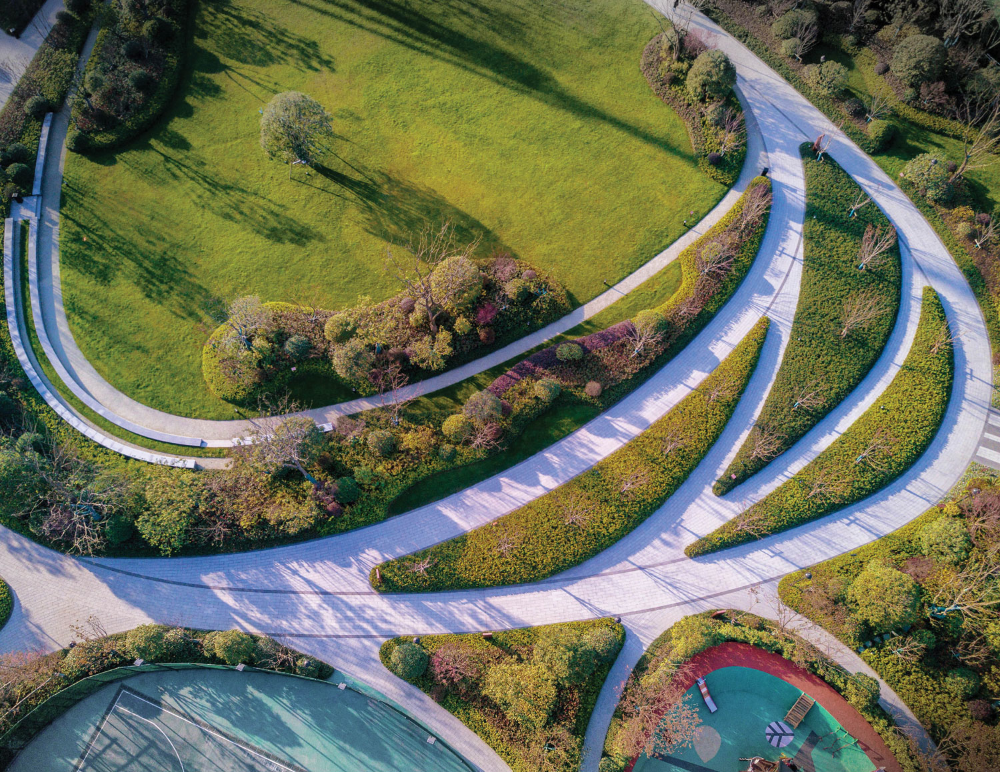Every great city needs a great public park. A place where people of all ages can come to relax, play, and connect with nature. But creating such a park is no easy task – it requires careful planning, design expertise, and community input.
In this guide, we will take you through the essential steps involved in designing a public park from start to finish. From conceptualization to construction, we will provide you with all the information and tips you need to turn your idea into a reality.
Step 1: Identify Your Purpose and Goals
The first step in designing a public park is to identify its purpose and goals. This will help guide every decision you make throughout the design process. Ask yourself, what do you want this park to achieve? Here are some common goals for public parks:
- Provide a safe and welcoming space for people to relax and unwind
- Promote physical activity and encourage a healthy lifestyle
- Foster community engagement and social connections
- Showcase the natural beauty of the area and preserve green spaces
Once you have identified your park’s purpose, consider its intended users. Will it cater primarily to families with children, or will it be a space for adults to exercise and socialize? Understanding your target audience will help you design the park’s amenities and features accordingly.
Step 2: Choose a Suitable Location
The location of your park is crucial. It should be easily accessible to the community and have enough open space to accommodate your desired layout. Keep in mind factors such as topography, existing vegetation, and potential for future expansion. Additionally, consider the surrounding infrastructure and amenities, such as parking, restrooms, and public transportation.
Step 3: Plan the Layout and Amenities
With your purpose, goals, and location in mind, it’s time to start planning the park’s layout. This includes deciding on the placement of features such as playgrounds, sports fields, picnic areas, and walking trails. It’s essential to balance functionality with aesthetics while keeping safety and accessibility in mind.
In Portland, for example, many public parks feature beautiful stone veneer structures. These add a natural and timeless element to the park while also providing seating and shelter for visitors. Consider incorporating stone veneer into your park’s design for a touch of local charm.
Step 4: Involve the Community
Public parks are meant for the community, so it’s crucial to involve them in the design process. Host public meetings or online surveys to gather input and suggestions from community members. This will not only help you create a park that meets the needs of the community, but it will also foster a sense of ownership and pride among those who helped shape it.
Step 5: Consider Sustainability
Sustainability should be at the forefront of every park design. Use eco-friendly materials, incorporate native plants and vegetation, and implement energy-efficient systems for lighting and irrigation. Consider installing solar panels to power the park’s amenities or using recycled water for irrigation to reduce your environmental impact.
Step 6: Develop a Budget
Designing a public park can be a costly endeavor, so it’s essential to develop a budget early on. Consider all expenses, including land acquisition, construction costs, and ongoing maintenance. It may be beneficial to seek funding from grants or partner with local businesses for sponsorship opportunities.
Step 7: Create a Maintenance Plan
Even the most well-designed public park will require regular maintenance to stay clean and safe for visitors. Develop a maintenance plan that includes tasks such as litter removal, landscape upkeep, and equipment inspections. Consider involving community volunteers or hiring a professional maintenance team to ensure the park is always in top condition.
Creating a public park may seem like a daunting task, but by following these steps and incorporating your unique vision and ideas, you can bring your dream park to life. Remember to consider the needs of the community, prioritize sustainability, and plan for ongoing maintenance to ensure your park remains a beloved and well-utilized space for years to come. So let’s get started on creating the next great public park in your city!















